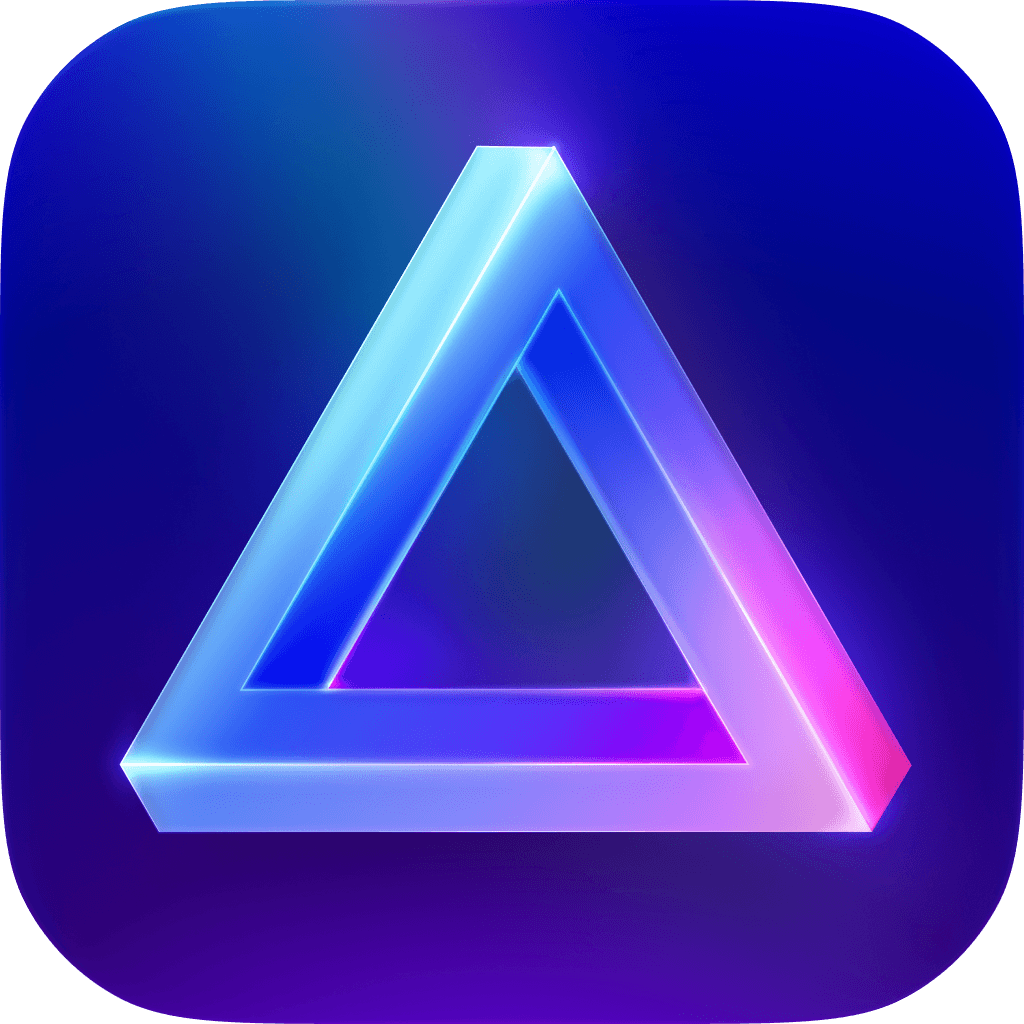Our personal favorite is Luminar NEO by the reputable Skylum Labs. This is an all-in-one photo editing software that helps you create amazing edits. It gives you one-click edits and allows you to edit each adjustment in detail. [Note: ExpertPhotography is supported by readers. Product links on ExpertPhotography are referral links. If you use one of these and buy something, we make a little bit of money. Need more info? See how it all works here.]
The Best AI Photo Enhancer Software
13 Best AI Photo Enhancer Software
Artificial intelligence (AI) promises to make editing tasks faster and more effective. The following list covers the best AI photo editors available today. We start with full-function editors, then move on to specific task software. One of the best-known names in AI photo editing is Luminar NEO from Skylum. Luminar is a hands-on AI-powered image catalog and photo editor. It has specific landscape- and portrait-photography tools. The software is template-based. And you can save adjustments from one image and then apply them to the rest of the shot. With controls like Atmosphere and Augmented Sky, you can create striking landscapes. When editing portraits, you can change eye color and remove skin blemishes. And Skylum’s online marketplace lets you buy pro-made looks to apply to your images. There are options such as Dreamy Color Skies or Perfect Portraits. You also get many AI tools like Background Removal AI, Noiseless AI, Supersharp AI, and Upscale AI. And there are other features, including Focus Stacking, HDR Merge, and many more. Luminar NEO is perfect for photographers who want creative control over high-power effects. Plus, you don’t have to subscribe to Adobe Lightroom. But for those who already use Adobe products, Luminar NEO works as a plugin. So you can make use of it in Lightroom or Photoshop. Read our full review of Luminar Neo. The second big name in AI photo editing software is Topaz. Topaz Studio 2 is a layer-based editor, much like Photoshop. It has built-in creative artistic effects and AI-powered masking. And Topaz Studio 2 also works as a plugin for Lightroom and Photoshop. They have a range of task-specific AI tools. And they have many tutorials on their website to help you achieve looks from pro photographers. This software is excellent for new photographers learning layer-based adjustments. But Photoshop users may find the interface and options a bit limiting. Read our full review of Topaz Studio 2. Movavi Photo Editor is an AI-powered photo editor. The AI adjust control box has three sliders:
HDR Lighting: changes the brightness and contrast Enhance: controls color correction Denoise: removes digital artifacts from your image
Then you can fine-tune changes with the usual exposure, color, and sharpening controls. The smart erase function is impressive. And the selection tools allow you to edit specific areas of your photo. Unlike the other packages in this list, Movavi has a dedicated Restoration AI. It’s designed to remove dust and scratches and even colorize black-and-white images. This software is great for auto image restoration and applying looks to your photos. But it’s not for existing Lightroom or Photoshop users who work with local adjustments or layer-based image editing. We could not do a roundup of AI photo editing software without including Adobe Photoshop. The new Sky searchment, Refine Edge tool, and neural filters use Sensai. This is Adobe’s AI machine-learning platform. Skin Smoothing, JPEG Artifact Removal, and Style Transfer are all available in the Neural Filters tab. And there are beta versions of ones like Smart Portrait and Colorize for you to download and try. Photoshop is the standard by which all others are measured. So if you’re serious about photography, then Photoshop should be on your shopping list. But if you edit only occasionally, a subscription may not be cost-effective. In this case, a program like Luminar AI could be for you with its low-cost, one-time buy. Unlike the other AI photo editing software listed here, Imagen fills the need for outsourced editing. By uploading previous edits, you teach the AI your particular editing style. This editing profile can then be applied to batches of images as if you had edited them yourself. The interface is a tick-box order form. You use it to submit your Lightroom catalogs for editing. You can download the edits to Lightroom. Then you can watch as your catalog gets exposure– and color-corrected, straightened, and cropped! It’s perfect for photographers who shoot in high volume or already outsource their editing. But it’s not designed for low-volume or part-time shooters. And Imagen only works with Lightroom catalogs. You can try ImagenAI with 1,500 free AI edits. DeNoise AI is one of those programs that does what it says on the box. Its intelligent noise reduction is superb. It cleans up high-ISO, zoomed images, and long exposures such as night photography. You can use it as a stand-alone desktop app or as a plugin. Anyone who shoots with a high ISO or in low-light conditions will enjoy this AI photo editor. You can get similar results with multiple Photoshop layers or local adjustment brushes in Lightroom. But it takes a lot of time and know-how. So DeNoise is a good alternative. Read our full review of Topaz DeNoise AI. If you want AI editing for commercial photography editing, you may want to give Spyne a try. This online editor helps businesses create great product catalogs at scale using AI. Spyne is a photoshoot and image editing SaaS (Software as a Service) product. And it generates studio-setting images through AI. Its focus is on commercial photography needs. And it is especially useful for support for bulk editing. The app features guided photoshoots, which instantly approve or disapprove the quality of the shot. And for pre-clicked images, Spyne AI offers automated editing solutions. Simply upload your images and let the system get to work! The app also offers great solutions for car sellers, dealerships, and e-commerce marketplaces. Car image editing has many options, including the following:
Background removal and replacement Window tinting Generation and removal of shadows and reflections
It also creates professional, market-ready images for fashion, footwear, food, and e-commerce products. The next one-trick pony from Topaz is Sharpen AI. Its three intelligent algorithms each focus on fixing a different type of blur:
Motion: This fixes the blur created by camera shake or subject movement. It’s great for those handheld shots of wildlife or ones taken across a crowded dance floor. Focus: This aims to rescue photos with “missed focus.” It’s useful on those portraits with a shallow depth of field. Softness: This replaces your current sharpening workflow. It gives your images what Topaz calls “extra pop.” It can tell the difference between detail and noise… Once you have sharpened one image, everything else will look soft in comparison.
The image-fixing aspects are significant for critical one-time events, like weddings or wildlife. And the intelligent sharpening is exceptional in portraits or fine art photos. If the price tag is a little high, try frequency separation, masking, and multiple layers in Photoshop to get similar results. Read our full review on Topaz Sharpen AI. Gigapixel is the most expensive Topaz AI photo editor. It decreases compression artifacts and increases image resolution by up to 600%. As with all the Topaz programs, the simple interface is easy to use and works as a plugin for Photoshop and Lightroom. The resulting image files can be large. A 20 MB JPEG increased by 400% comes out at 160 MB. So be sure to have lots of storage before gigantifying your back catalog of images! If you are large-format printing, cropping, or restoring photos, it is an excellent detail-enhancing tool. If you already shoot at high megapixels, you may not benefit so much. Read our full review of Topaz Gigapixel AI. Retouch Pro Panel 3 is an online AI-powered product photo editor. It batch-processes background removal and cropping. It allows multiple format downloads. And it connects straight to your e-commerce site. It has options for auto-align and straightening, shadow generation, reflections, and watermarking. So this is a one-stop-shop for online editing. Retouch is for anyone who needs to batch-process product shots for the web. It is a tick-box interface rather than a visual editor. So it’s not for those who want hands-on control. Like Retouchpro, autoRetouch is for online batch product retouching. It has automated background removal, cropping, and shadow generation. And AutoRetouch also offers skin retouching and exportable vector paths. Again, this is a tick-box batch editor. So it’s not for those who want “hands-on” editing. Plus, you can upload a picture of the outside and inside of a garment to create ghost mannequin images. This image generation makes autoRetouch software perfect for online clothing stores. Lastly, you buy credits for your account and then pay per edit. Integration with Woo Commerce and WordPress allows you to export resized images to your e-commerce platform. Prisma is both a web-based and mobile app. It takes your images and applies AI to turn them into paint-style artwork. There are both portrait and landscape options. And the mobile app lets you edit foreground and background elements independently. The free-to-use web app gives you over 100 styles to apply. And it lets you download low-resolution JPEGs instantly. For an annual fee of $19.99, you get the mobile app and the ability to download full-resolution JPEG. Plus, you can access 500+ premium filters! As a one-click AI photo editor, Prisma is useful for those who want to add artistic effects to images. It’s not for those who want greater control over the outcome. Remove.bg is a simple AI-powered website with one function—it removes the background of any image. It’s useful for website designers or users who need to make a PNG file. The tool is also extremely useful for creatives working on digital photo collages. Of course, you can perform this task easily in Photoshop. But this may get tiring if you have a batch to edit. The application is extremely simple. Just drag and drop your image onto the page. In a few seconds, you get a download for your image. If you want regular resolution, you don’t have to pay. But there’s also an option to pay for high-resolution images.
Conclusion
The world of AI image editing is vast. There are online tools and smartphone AI apps. There is software for niche edits… like Topaz Denoise AI, for cleaning up images. And machine learning, like Imagen, can analyze your edits and edit whole shoots for you! AI is here to stay. The challenge is to use it creatively to make your art and tell your story. So if you want to take full advantage of AI, get your hands on Luminar NEO. This program will change the way you approach complex edits for the better. And its one-click edits will save you a lot of time and effort!








![]()
![]()



























![]()
![]()
![]()




























